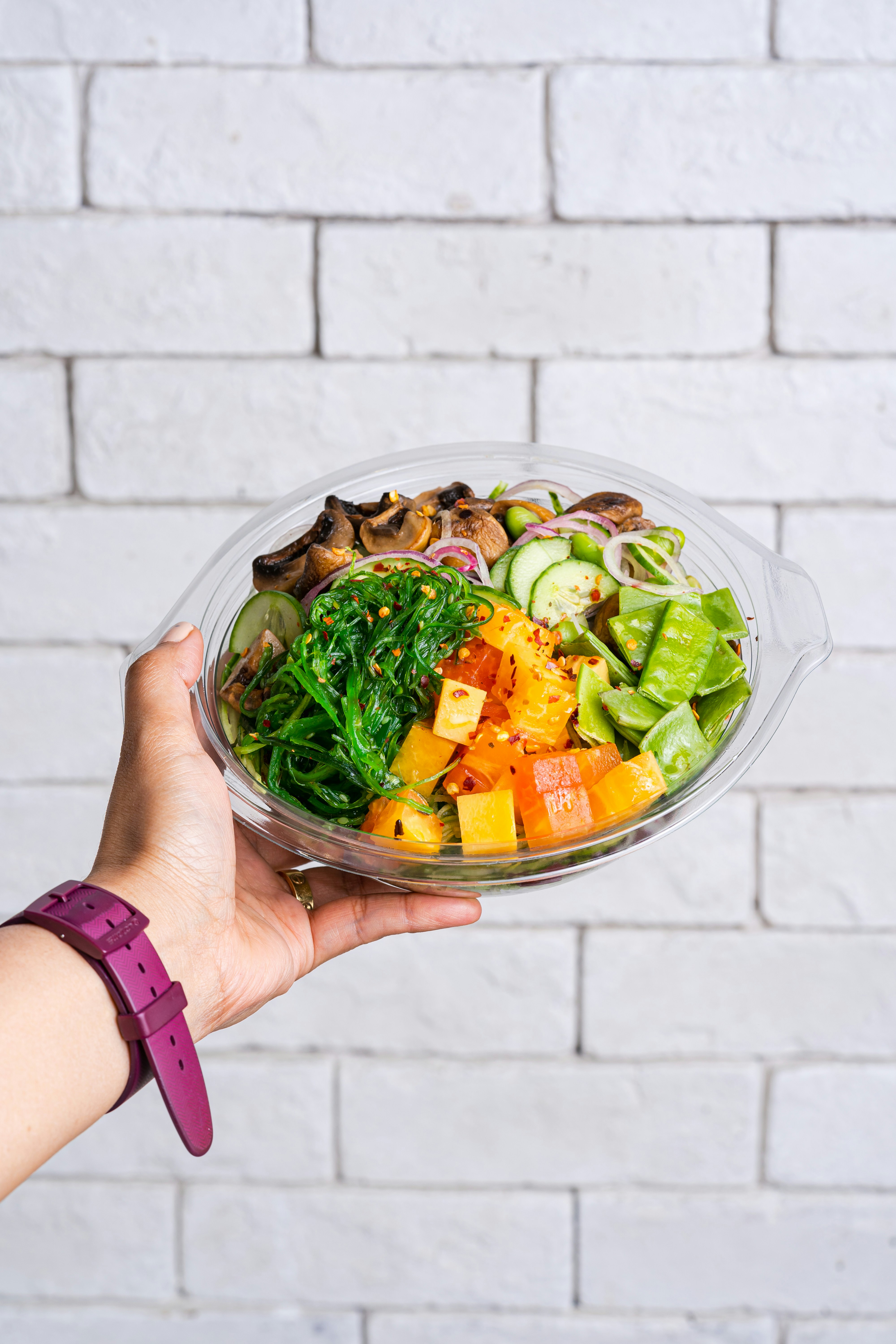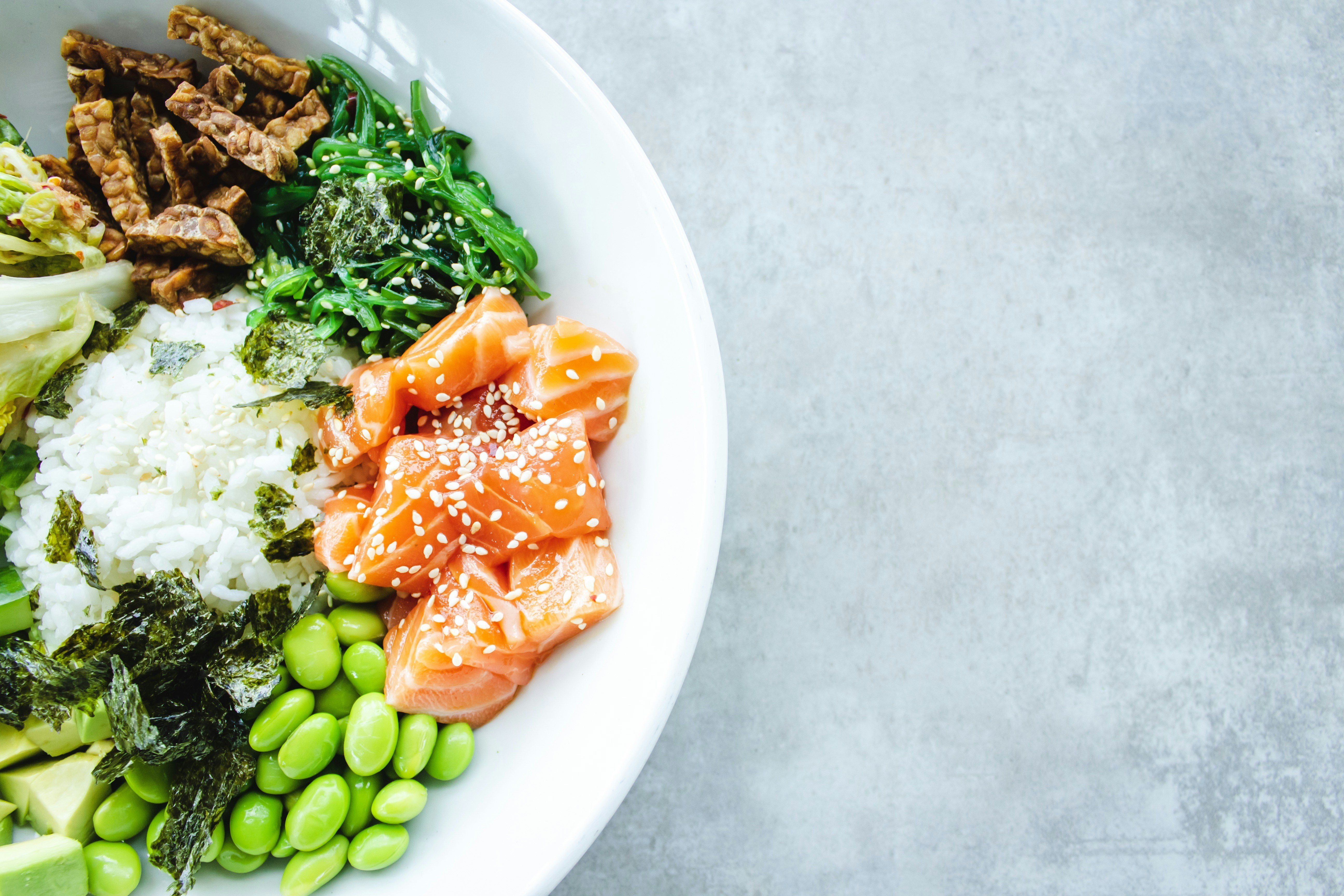Have you ever wondered how to craft meals that are both enticing for kids and supportive of a low-oxalate diet? As a parent, guardian, or caregiver, you might often find yourself puzzled by the complex world of dietary needs, trying to decode what’s best for your child’s health while ensuring meals remain enjoyable. Navigating dietary restrictions, especially with children, requires a dash of creativity and a sprinkle of patience. But fear not, my friend, because creating kid-friendly, low-oxalate meals can be both achievable and fun.
Understanding Oxalates: A Closer Look
Before diving into specific recipes, let’s unravel the mystery of oxalates. Oxalates are naturally occurring substances found in many foods and produced as a waste product by the body. While they are harmless to most people, those with specific conditions—like kidney stones or certain metabolic problems—might need a diet lower in oxalates.
Why Focus on Low-Oxalate Diets for Kids?
Articulating the necessity of a low-oxalate diet for kids can sometimes feel like explaining rocket science, but it doesn’t have to be. Some children may be prone to oxalate-related issues, including kidney stones, which are notably painful and distressing for anyone, especially the little ones. By strategically lowering oxalate intake, you’re taking a proactive step towards minimizing your child’s risk of developing these unfortunate health concerns. Beyond the medical scope, managing dietary intake of oxalates can also improve your child’s general wellbeing and energy levels. It becomes a balancing act between health and happiness, which is quite the noble quest.
The Basics of a Kid-Friendly Low-Oxalate Diet
Comprehending what comprises a kid-friendly low-oxalate diet involves a little know-how. Fundamentally, this diet is a selective one, where certain high-oxalate foods are limited or substituted with those lower in oxalates. Imagine it as a swap game, where spinach and nuts step back to let potatoes and bananas shine on the culinary stage.
High-Oxalate vs. Low-Oxalate Foods: Identifying Key Players
The first step in the low-oxalate adventure is understanding which foods to sideline and which to embrace. Here’s a simple table to guide you:
| High-Oxalate Foods | Low-Oxalate Alternatives |
|---|---|
| Spinach | Kale, Romaine lettuce |
| Nuts | Seeds (like pumpkin or sunflower) |
| Beets | Cucumber, Zucchini |
| Almond flour | Rice flour, Coconut flour |
| Sweet potatoes | White potatoes |
Armed with this knowledge, you begin to see the possibilities rather than restrictions. This table is your new best friend, offering a glimpse into the doable adjustments that make meals both safe and pleasurable for your child.
Creative Low-Oxalate Recipe Ideas
Let’s translate our newfound knowledge into delicious dishes that your kids will love. The key here is to balance nutrition with taste—something every parent is familiar with striving for.
Breakfast Glory: Berry Banana Smoothie
Mornings can be a whirlwind, and a nutritious smoothie can be a life-saver. Berries like blackberries are naturally lower in oxalates but packed with flavor and nutrition.
Ingredients:
- 1 banana
- ½ cup blackberries
- 1 cup almond milk (or substitute for another milk for lower oxalate content)
- 1 tbsp chia seeds
Instructions:
- Combine all ingredients in a blender.
- Blend until smooth.
- Serve immediately.
This breakfast option is quick, satisfying, and full of the essential nutrients needed to kickstart your little one’s day.
Midday Feast: Chicken and Veggie Rice Bowl
Lunchtime is the perfect opportunity to experiment with a low-oxalate rice bowl that’s both colorful and kid-approved.
Ingredients:
- 1 cup cooked white rice
- ½ cup cooked chicken breast, shredded
- ¼ cup chopped carrots
- ¼ cup peas
- 1 tbsp low-sodium soy sauce
Instructions:
- In a large bowl, mix the cooked white rice, chicken, carrots, and peas.
- Drizzle with soy sauce and toss until well combined.
- Serve warm or at room temperature.
This dish is a medley of textures and flavors tailored to excite young taste buds without compromising on health.
Snack Attack: Zucchini Muffins
Snacks are a staple in every child’s day, and what better way to sneak in veggies than through tasty zucchini muffins?
Ingredients:
- 1½ cups grated zucchini
- 1 cup rice flour
- ½ cup sugar
- 1 tsp baking soda
- 1 egg
- ⅓ cup vegetable oil
Instructions:
- Preheat the oven to 350°F (175°C).
- In a bowl, mix wet ingredients together.
- In a separate bowl, mix dry ingredients.
- Gently combine the two mixtures and fold in the zucchini.
- Spoon the batter into a muffin tin.
- Bake for 20-25 minutes.
These muffins are a hit with kids, offering a soft texture and sweet flavor, all while keeping oxalate levels in check.
Choosing Kid-Friendly Substitutes
When your child is used to certain favorites, switching to a low-oxalate diet might sound intimidating. But, with thoughtful substitutes, you can retain the essence of beloved foods while ensuring your child’s diet is safe.
Swapping Ingredients: A Quick Guide
Consider the following substitutes to keep the culinary magic alive:
- Pasta: Regular pasta can be switched out for couscous or quinoa pasta, which both have lower oxalate levels.
- Nut Butters: Opt for sunflower seed or pumpkin seed butter instead of almond or peanut butter.
- Dairy: For milk, consider rice or oat milk as a lower-oxalate choice.
These swaps are simple yet effective, opening up a world of flavors that respect dietary needs without losing an ounce of the joy of eating.
Navigating the Picky Eater Landscape
It’s no secret that children can be, shall we say, artistically selective when it comes to their culinary preferences. Yet, fostering an environment where they feel comfortable trying new foods can make all the difference.
Tips for Encouraging Diverse Tastes
Encouraging your child to embrace new flavors can be an adventure in itself. Here are some gentle nudges:
- Role Modeling: Demonstrate your own excitement for trying new dishes.
- Interactive Cooking: Invite your child to participate in meal preparation to spark interest.
- Storytelling: Connect the food with fun stories or facts, turning dining into an engaging experience.
By incorporating these strategies, you transform meal times from battles to shared experiences that excite and enlighten.
Making Meal Planning More Enjoyable
Would meal planning be easier if it felt like a game? Absolutely. And the good news is that it can be. Approaching meal planning with creativity can reduce the stress involved and introduce plenty of fun.
Crafting a Weekly Meal Plan
Creating a meal plan doesn’t have to be a chore. Here’s a sample week that simplifies shopping, prepping, and cooking:
| Day | Recipe | Key Ingredients |
|---|---|---|
| Monday | Berry Banana Smoothie | Bananas, Blackberries |
| Tuesday | Chicken and Veggie Rice | Chicken, Rice |
| Wednesday | Zucchini Muffins | Zucchini, Rice Flour |
| Thursday | Quinoa Pilaf | Quinoa, Carrots |
| Friday | Fish Fingers & Wedges | Fish, Potatoes |
| Saturday | Omelette Wraps | Eggs, Cheese |
| Sunday | Baked Apple Slices | Apples, Cinnamon |
This schedule provides a framework that can relieve mealtime stress and bring joyful anticipation instead.

Sparking Conversations Around Food
Exploring new eating habits naturally invites questions and conversations, and these dialogues become opportunities for learning and bonding.
Nurturing Curiosity and Mindfulness
Discuss the reasons behind a low-oxalate diet with your child, allowing them to voice their thoughts and curiosities. This approach doesn’t just help them understand the “why” but empowers them to become active participants in their own health journey.
Explore food cultures, discuss the origins of ingredients, or share stories of people who eat similar diets across the world. It’s a chance to cultivate both appreciation and understanding, transforming your child’s journey into one of exploration rather than limitation.
Engaging Caregivers and Educators
Engaging those beyond your immediate family is another way to ensure your child’s low-oxalate diet is consistent.
Communicating Needs Effectively
Share insights and meal patterns with caregivers, such as those at schools or daycares, and explain your child’s dietary requirements with clarity and compassion. Including a list of foods to be preferred and those to be avoided can be immensely helpful.
By making these suggestions, you create allies who help uphold your child’s dietary needs in various environments, which is crucial for maintaining consistency and health.

Embracing the Journey Ahead
Choosing to embark on a low-oxalate diet with your child can be as much a joint discovery as it is a dietary decision. It opens your family to a new chapter of shared learning, joy, and health-conscious choices.
Remember, this isn’t just about restriction. It’s about transformation—the kind that brings not only health benefits but also enhances your family’s experience with food. So, enjoy the process of finding what works for you and your child. With a sprinkle of enthusiasm and a dash of patience, you’re all set on this flavorful path of discovery and wellness.
Here’s to vibrant health, loving moments, and meals that excite both the taste buds and the heart. May every meal be a step towards delightful discovery!




